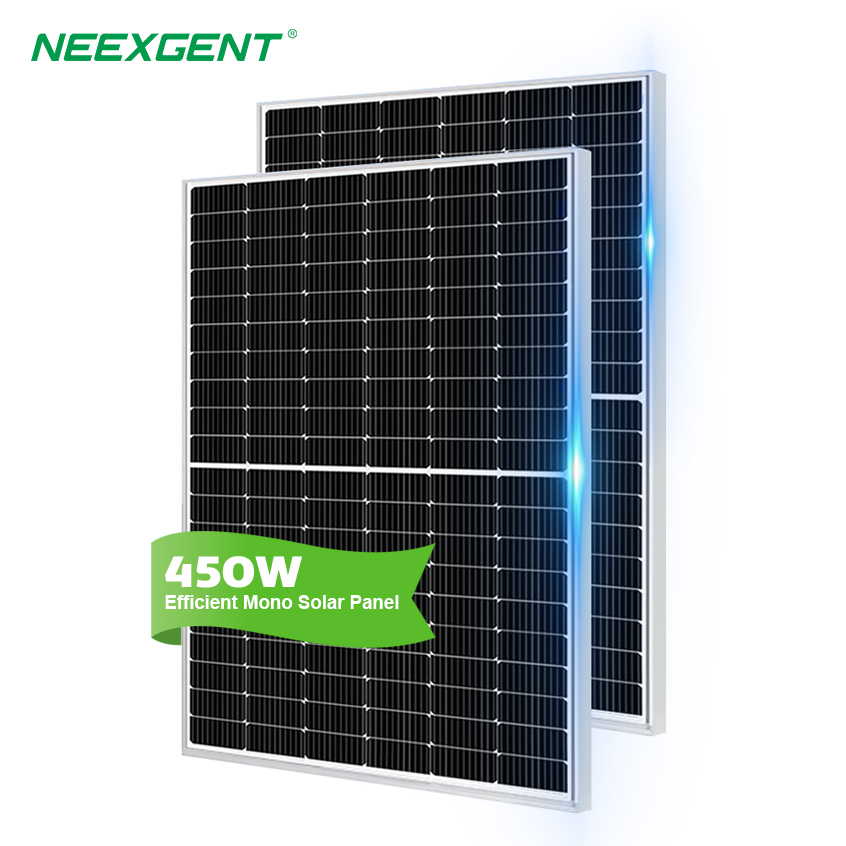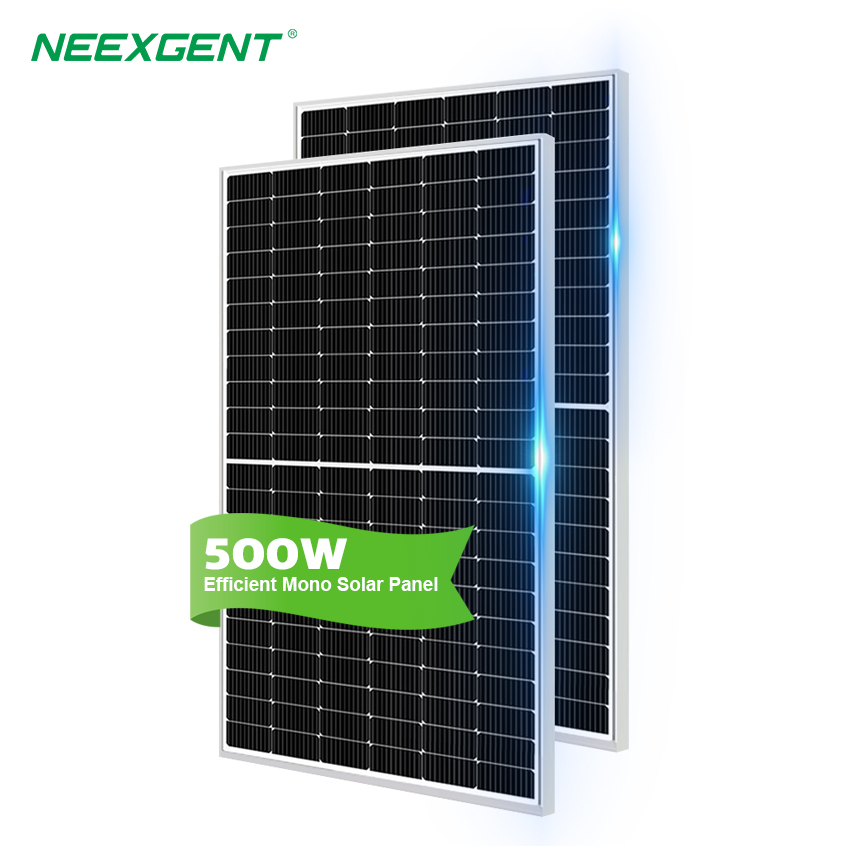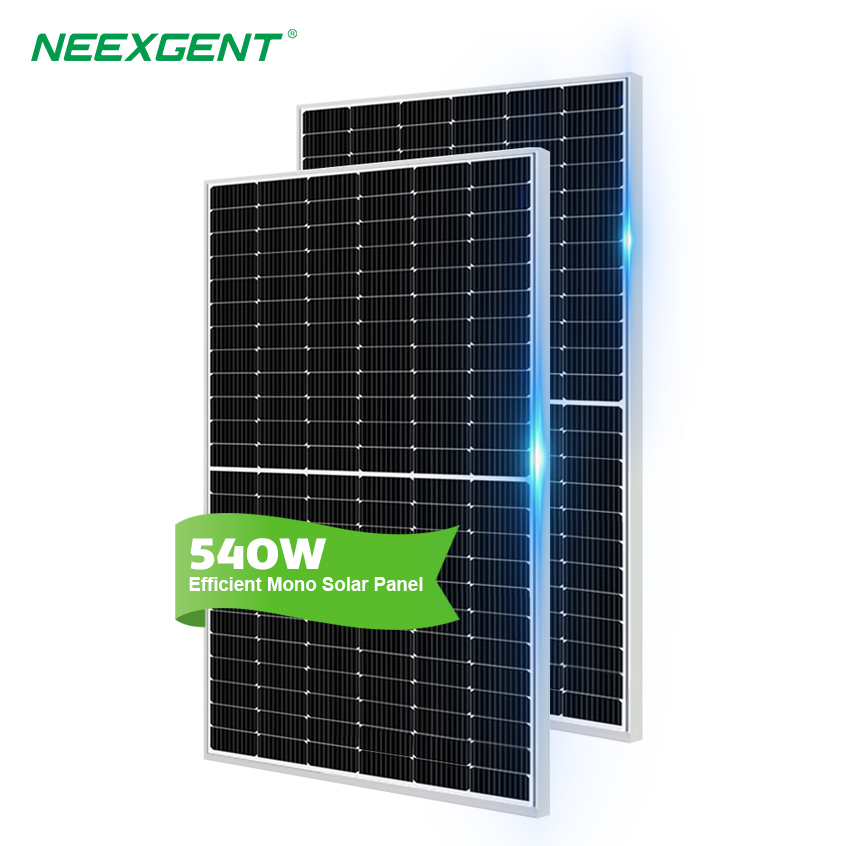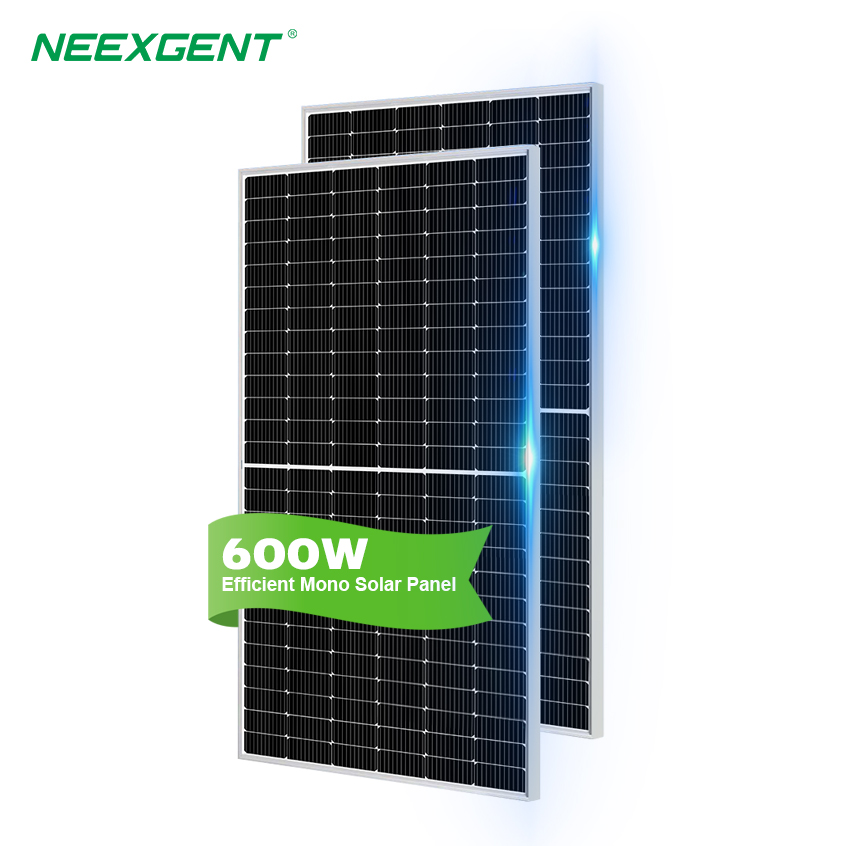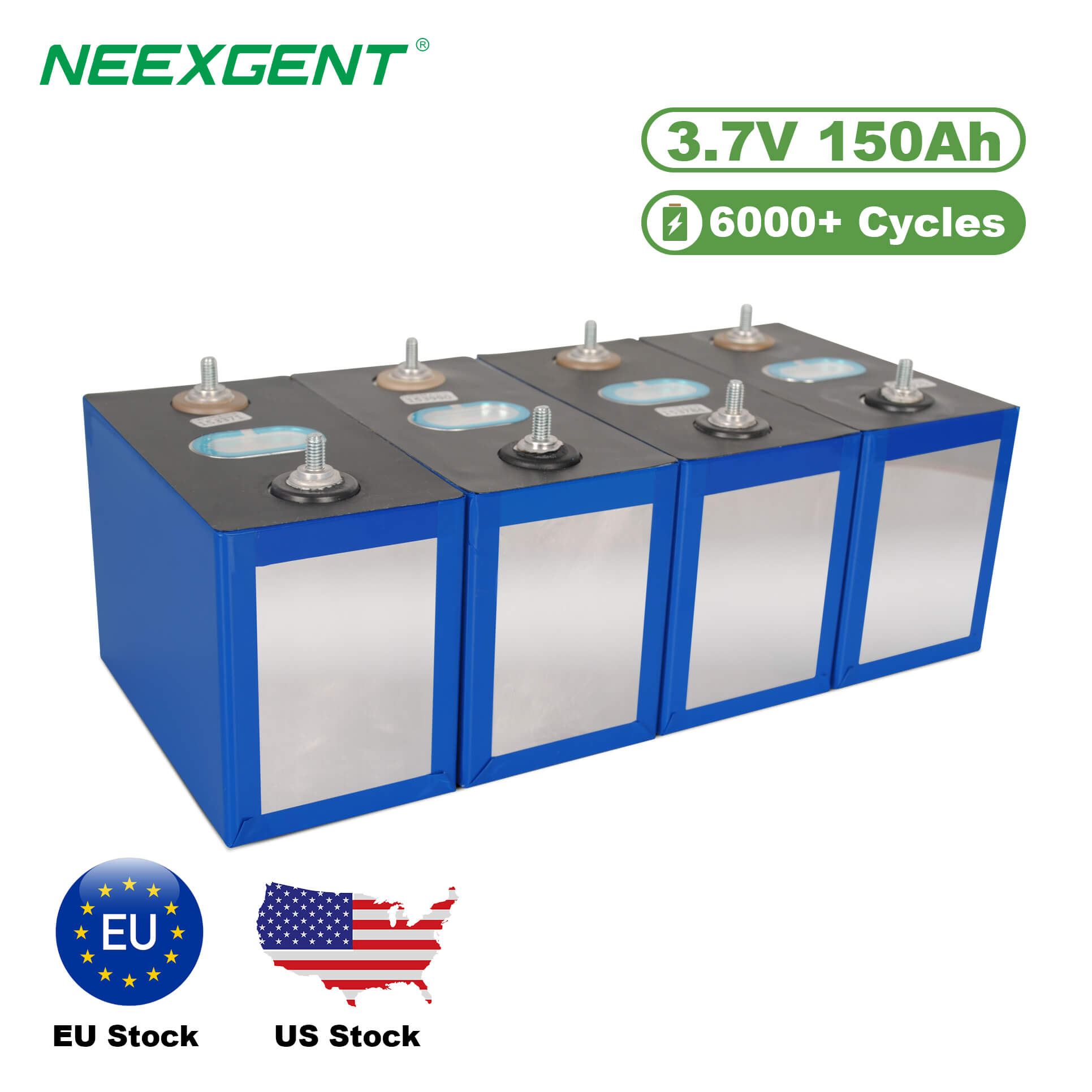Conclusion
How Container Energy Storage Works
Benefits of Container Energy Storage
Applications of Container Energy Storage
Future Outlook
Conclusion
Container energy storage refers to a modular and scalable solution for storing electrical energy in containers, typically utilizing lithium-ion or other battery technologies. These systems are housed in standard shipping containers, allowing for easy transportation, installation, and deployment in various environments. Containerized energy storage solutions (CESS) are widely used in renewable energy integration, grid stabilization, peak shaving, and backup power applications. Here’s a breakdown of how container energy storage works and why it is becoming increasingly important in modern energy infrastructure.
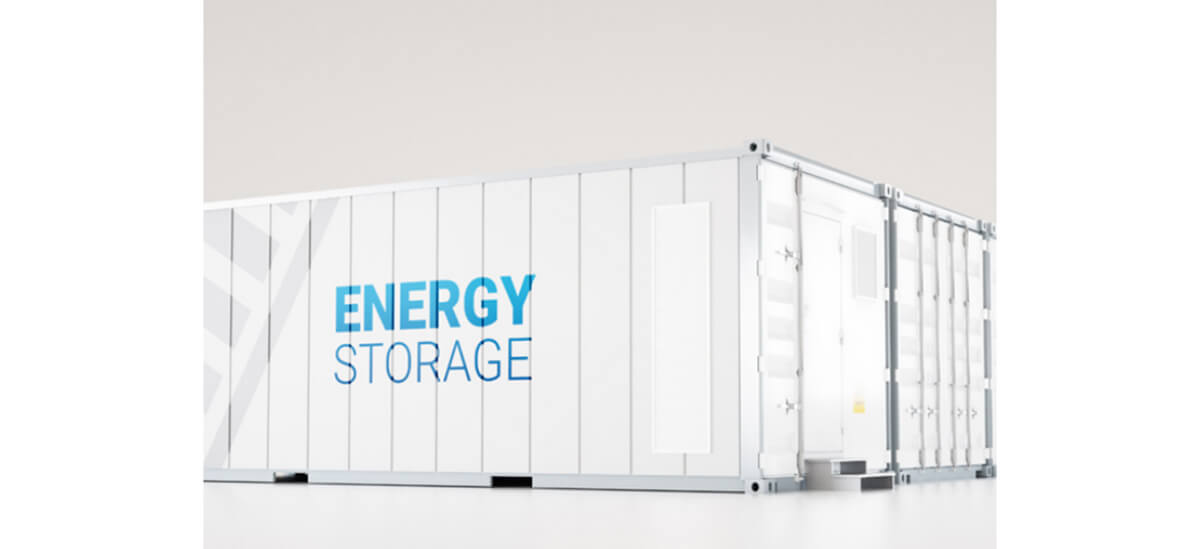
Containerized energy storage systems consist of several key components:
- Batteries: Lithium-ion batteries are the most commonly used due to their high energy density, efficiency, and long life cycle. However, other battery technologies such as lead-acid, flow batteries, or solid-state batteries may also be used depending on the application.
- Battery Management System (BMS): This system monitors and controls the performance of the batteries, ensuring safety, longevity, and optimal efficiency. It regulates charging, discharging, temperature, and voltage to prevent malfunctions.
- Inverters: These devices convert direct current (DC) produced by the batteries into alternating current (AC), which can be used by electrical grids or consumers.
- Thermal Management: Effective cooling or heating is crucial to maintain the performance and safety of the batteries, especially in harsh environments.
- Control Systems: Advanced control software helps to optimize energy storage, enabling users to monitor the system remotely and manage power distribution efficiently.
- Modular and Scalable: Containerized systems can be easily expanded by adding more containers, making them ideal for applications requiring scalable energy storage, such as large industrial or utility-scale projects.
- Cost-Efficient: Using standard shipping containers reduces construction and transportation costs. They can be deployed quickly and efficiently compared to building custom energy storage facilities.
- Renewable Energy Integration: With the rise of solar and wind power, energy storage has become critical for balancing the intermittent nature of these renewable sources. Container energy storage systems can store excess energy produced during sunny or windy periods and release it during peak demand times or when renewable generation is low.
- Grid Stabilization: Energy storage plays a vital role in stabilizing the grid by providing frequency regulation and voltage support. It can respond instantly to fluctuations in demand, improving the reliability of power supply.
- Energy Independence: For remote areas or regions with unreliable grid infrastructure, container energy storage can provide an independent source of electricity, reducing reliance on diesel generators or unstable grids.
- Environmental Benefits: By reducing the need for fossil fuel-powered backup generators, containerized storage helps lower carbon emissions and supports the transition to cleaner energy systems.
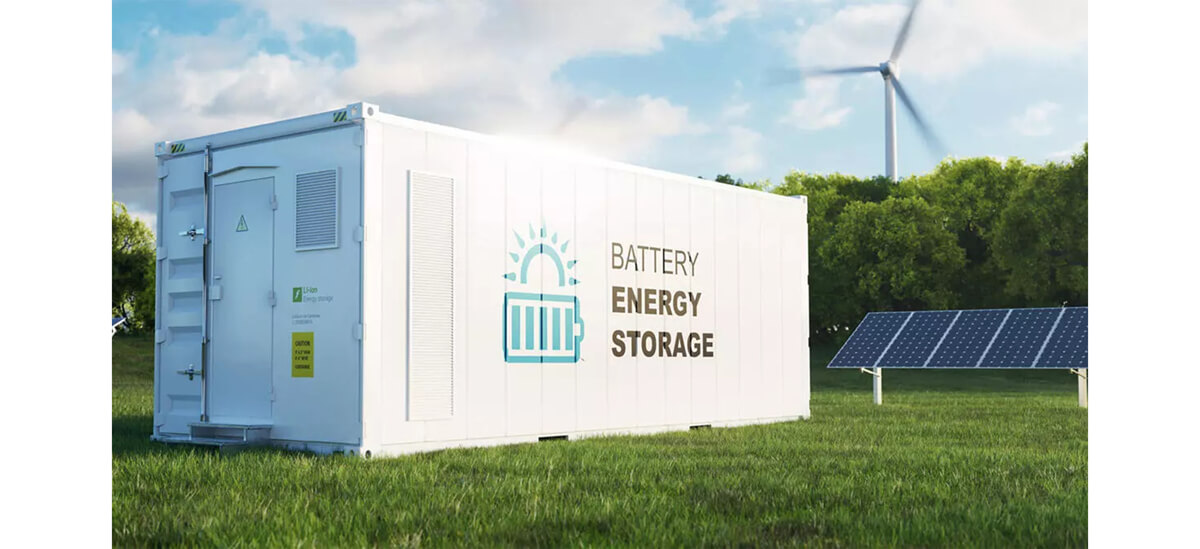
- Renewable Energy Projects: Solar and wind farms can benefit from container energy storage by storing excess energy and ensuring a steady power supply to the grid.
- Microgrids: In isolated or remote areas, containerized storage allows for the development of microgrids, which can operate independently of the central grid and provide a reliable power source.
- Commercial and Industrial Use: Large businesses and factories can use energy storage to reduce peak demand charges, manage energy costs, and ensure uninterrupted power during outages.
- Utility-Scale Storage: Utilities can deploy containerized systems to manage load balancing, peak shaving, and backup power, ensuring grid reliability and reducing strain on aging infrastructure.
- Electric Vehicle (EV) Charging Stations: As the demand for EVs grows, energy storage can be used at charging stations to provide faster and more reliable charging, especially in areas where grid power may be limited.
Container energy storage is expected to grow rapidly in the coming years as the demand for renewable energy and grid stability increases. Technological advancements, such as improved battery chemistries and more efficient management systems, will drive down costs and enhance the performance of these systems. In particular, innovations in solid-state and flow battery technologies could extend the life and capacity of energy storage solutions, making them even more competitive.
As countries worldwide seek to decarbonize their energy sectors, containerized energy storage will play a crucial role in enabling the transition to cleaner, more sustainable power systems.
Container energy storage represents a highly versatile and scalable solution for modern energy challenges. By providing reliable, cost-effective, and environmentally friendly energy storage, these systems are critical for integrating renewable energy, stabilizing electrical grids, and supporting energy independence. With continued advancements in battery technology and energy management, containerized storage is set to become a cornerstone of the global energy transition.

